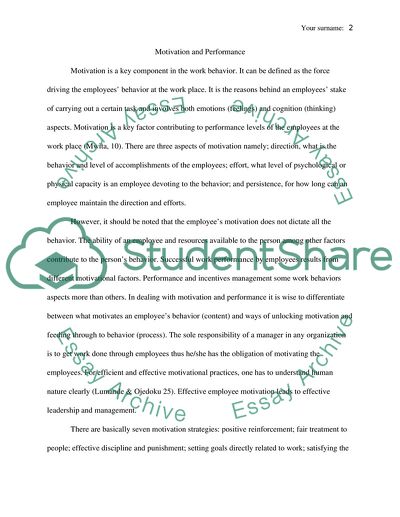Cite this document
(Factors That Affect the Employees Motivation Levels Research Paper, n.d.)
Factors That Affect the Employees Motivation Levels Research Paper. Retrieved from https://studentshare.org/human-resources/1570122-action-learning-project-report-motivation-and-performance
Factors That Affect the Employees Motivation Levels Research Paper. Retrieved from https://studentshare.org/human-resources/1570122-action-learning-project-report-motivation-and-performance
(Factors That Affect the Employees Motivation Levels Research Paper)
Factors That Affect the Employees Motivation Levels Research Paper. https://studentshare.org/human-resources/1570122-action-learning-project-report-motivation-and-performance.
Factors That Affect the Employees Motivation Levels Research Paper. https://studentshare.org/human-resources/1570122-action-learning-project-report-motivation-and-performance.
“Factors That Affect the Employees Motivation Levels Research Paper”, n.d. https://studentshare.org/human-resources/1570122-action-learning-project-report-motivation-and-performance.


